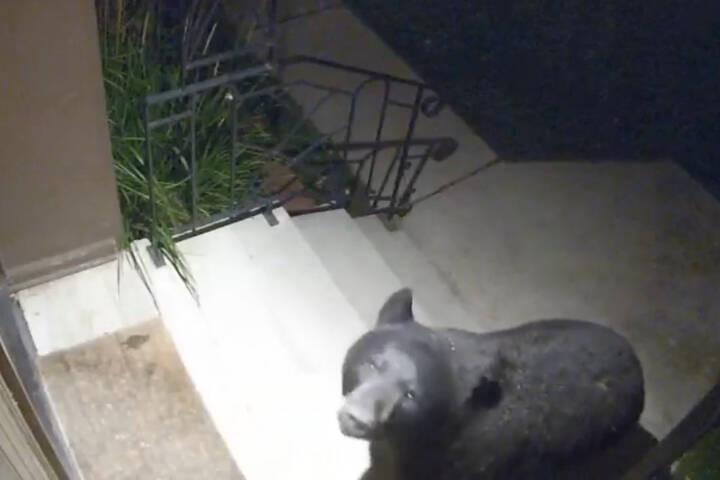
New study confirms coronavirus can linger in air of crowded and unventilated spaces
The global community's knowledge base about SARS-CoV-2, the virus that causes COVID-19, continues to expand and evolve daily as scientists worldwide work around the clock to research the strain to find effective treatments and develop a vaccine.
Though we already knew that the novel virus can survive on surfaces like metal and plastic for several days, and that it is most often transmitted through droplets spread into the mouth or eyes by something like coughing, there is some new information regarding how long it can actually remain suspended in the air.
I've been advocating Corona-19 acts like mold spores, this new study suggest it
— 𝙽𝙹𝙲𝚘𝚗𝚝𝚎𝙹𝚛 (@NJConteJr) April 27, 2020
New Study Finds
- Coronavirus Lingers in Air of Crowded Spaces,
- rooms that lack ventilation
-Covid-19 can spread through tiny airborne particles known as aerosols.
Researchers have just found that the infectious disease may be able to spread through regular breathing via tiny airborne particles called aerosols, which can hang around for hours in spaces that are crowded and/or have little ventilation, and also travel further than larger droplets.
A new analysis out of the original epicentre of the virus discovered traces of SARS-CoV-2 RNA — a biological macromolecule, not unlike DNA — floating airborne in places like hospital washrooms and the rooms where medical staff remove their personal protective equipment after attending to COVID-19 patients.
Covid 19 is apparently airborne, so yeah, only a matter of time.
— cKTheOceanMan (@vacationck) April 27, 2020
This means that even if you're the requisite two metres away from others, you might still be able to contract the virus from someone who is generally within the same space as you breathing the same air, or has been in the past three hours or so.
This is a point that was previously quite divisive within the scientific community, with some experts saying earlier this month that there is "absolutely no doubt" that the illness can spread in the air.
Whether these particles have the potential to actually infect someone is still unconfirmed, according to the Wuhan paper released today, and the World Health Organization said in late March that airborne transmission was not reported in its own study.
Although the researches in China found #COVID19 in those locations they did NOT "didn’t seek to establish whether the airborne particles could cause infections.”
— Sherry Reynolds 🌟 (@Cascadia) April 27, 2020
Seems like that is the key point and explains why there aren’t more cases among hospital staff.
Though these new findings can seem scary, the paper notes that "room ventilation, open space, sanitization of protective apparel and proper use and disinfection of toilet areas can effectively limit the concentration of SARS-CoV-2 RNA in aerosols."
So, those in places like lineups for grocery stores (one of the few potentially crowded places these days), which are outside and thus in a ventilated area, probably don't have to worry — though another study has found SARS-CoV-2 on particles of air pollution.
Also, the ramped up cleaning and sanitation procedures that essential businesses still open to the public are employing definitely help to reduce the concentration of aerosols.
Update: Novel #coronavirus RNA was detected in the air, but its infectivity remained to be studied. Environmental monitoring of two hospitals and some public areas in #Wuhan revealed hot spots with airborne viral RNA, but the potential for infection of RNA has not been evaluated. pic.twitter.com/wc3jRyDo15
— Secret Beijing (@Secret_Beijing) April 27, 2020
Of course, wearing a mask whenever you leave the house is always a good measure to help protect yourself and others (and there are some handy tips out there to test how effective your store bought or homemade mask is).
Latest Videos
Join the conversation Load comments







